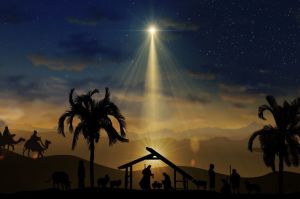Most Distant Galaxy Found is Changing Perceptions of Early Universe Formation
The most distant Galaxy ever to be discovered was observed by astronomers in Hawaii and is leading to new ideas when it comes to the formation of the early universe.
The newly discovered galaxy, called z8_GND_5296, was found using a technique called spectroscopy, which uses the observation of chemical signatures of elements to that are emitted from stars and galaxies.
The findings were published in the journal Nature and stated that the observed element astronomers used was hydrogen, a main fuel source of stars.
Astronomers contend that the universe is roughly 13.8 billion years old and have stated that the newly discovered galaxy formed roughly 700 million years after the Big Bang.
While being the furthest galaxy ever discovered it is also exciting astronomers because it is shedding new light on the formation and composition of the early universe.
The galaxy is believed to produce stars at a very high rate, according lead study author Steven Finkelstein, assistant professor of astronomy at the University of Texas at Austin.
Astronomers measure the rate of star formation by observing how much hydrogen is converted in forming new stars. The new galaxy is thought to convert an amount of hydrogen at a rate that is 300 times the mass of our sun every year in new star formation. By contrast, our Milky Way galaxy produces only one or two stars every year.
"Now it's much less likely that we just stumbled upon a very rare phenomenon, and much more likely that the early universe harbors these sites of intense star formation, many more than we had previously thought possible," Finkelstein said.
Astronomers aimed the 30-foot Keck 1 telescope on top of Hawaii's Mauna Kea Mountain at the galaxy after the Hubble telescope was serviced in 2009.
"We couldn't even see these galaxies until Hubble got the near-infrared camera installed" during NASA's final Hubble servicing mission in 2009, Finkelstein stated.





























